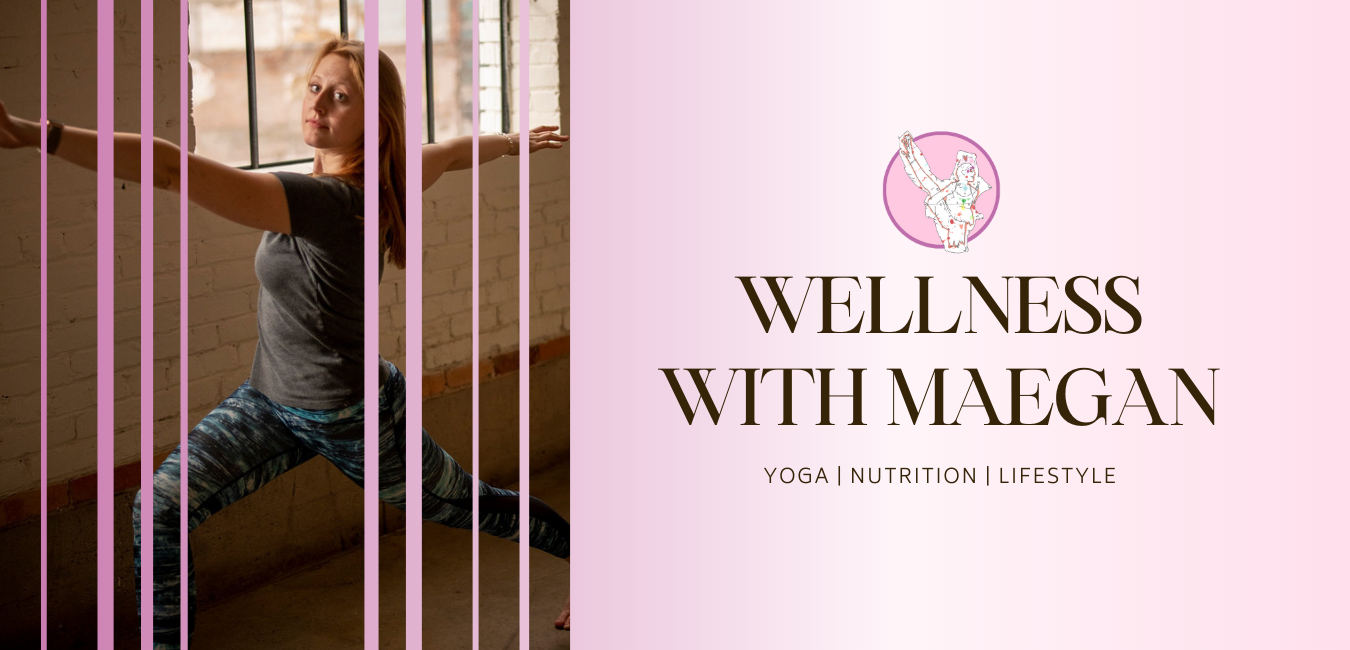
Mindful Cooking
All eating starts with cooking or preparation of some kind. Cooking and preparing food is a wonderful opportunity to calm down and tune in. Smell, listen, and enjoy your food as you go. While you’re cooking check in with yourself, how are you feeling and how does cooking this particular dish make you feel? This doesn’t have to be a longer process than what it typically is, just a much more present process. This also allows for a much purer energy transfer into your food. I am sure you have heard the phrase, “made with love” and to me that is what this is. If you are grumpy and rushed when preparing your food the nutritional value and flavor profile decreases. Cook your food with love and presence and it will surely taste better and better nourish your body and mind.
Mindful Eating
When you sit down to eat make sure you have everything you need so you don’t have to get up during your meal, use the bathroom, grab a drink, and prepare to enjoy. Turn off the TV and the radio and allow your presence to come to what and who is in front of you. Allow yourself time to chew your food and really enjoy it, notice the flavors, and the signals the food is sending you as you eat. Enjoy the conversation with the people around the table with you, or if you are alone allow yourself this time to clear your mind and really focus on what you are doing.
Why eat mindfully? There are the initial, obvious and amazing benefits that this gives you in terms of relaxing and enjoying yourself a little more as you eat your meals. A lot more is happening within you, however, as you slow down and tune in when you are eating. Studies show that the more attentive we are when we eat, the less we eat now and later. I’m not saying it’s necessarily important to eat less, but if we slow down and focus on our food and practice mindfulness as we eat, this gives us a moment to feel and acknowledge the hormonal signals our stomach is sending to our brain that tell us when we have add enough to eat. It takes about 20 minutes from the time your food crosses your lips for your brain to recognize that you are full, so giving yourself this extra time and awareness when you are eating will help you from overeating before it’s too late. Also, the more aware we are when we are eating gives us a greater memory of the food we’ve consumed causing us to sustain that feeling of fullness for a longer period of time. So, give your plate your full attention!



